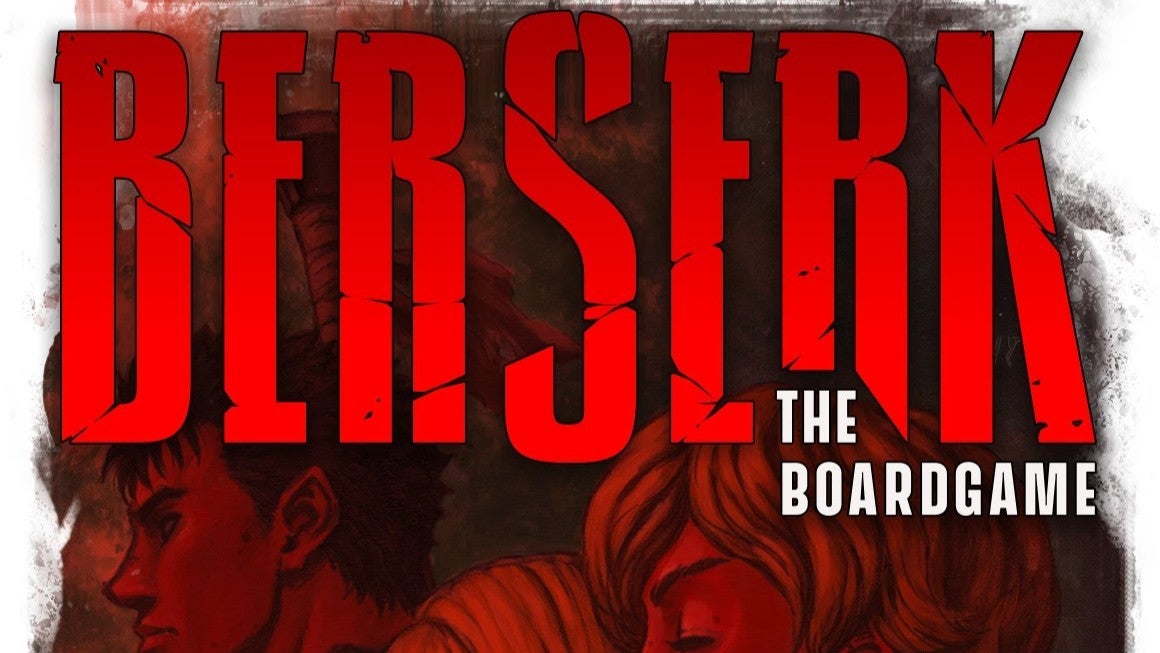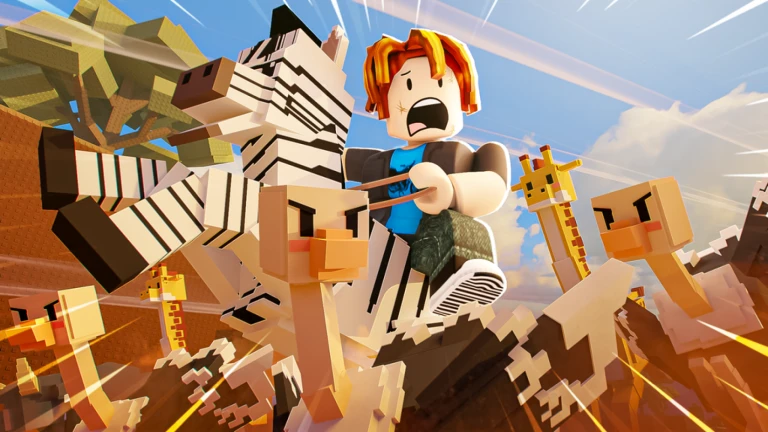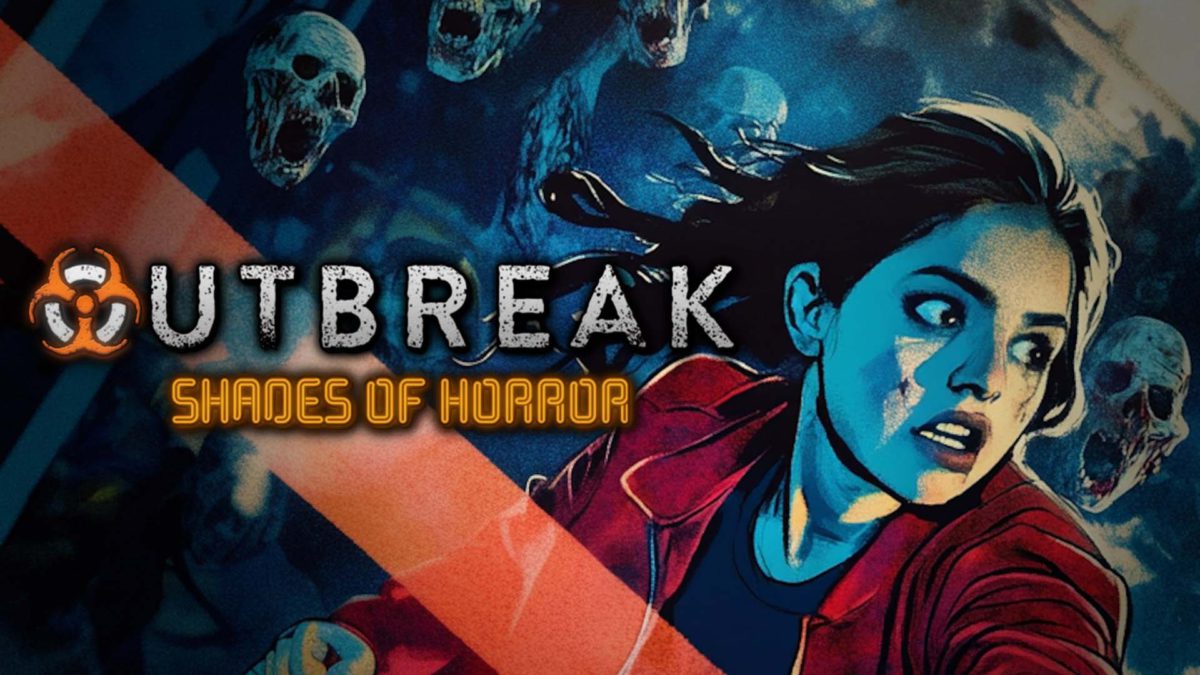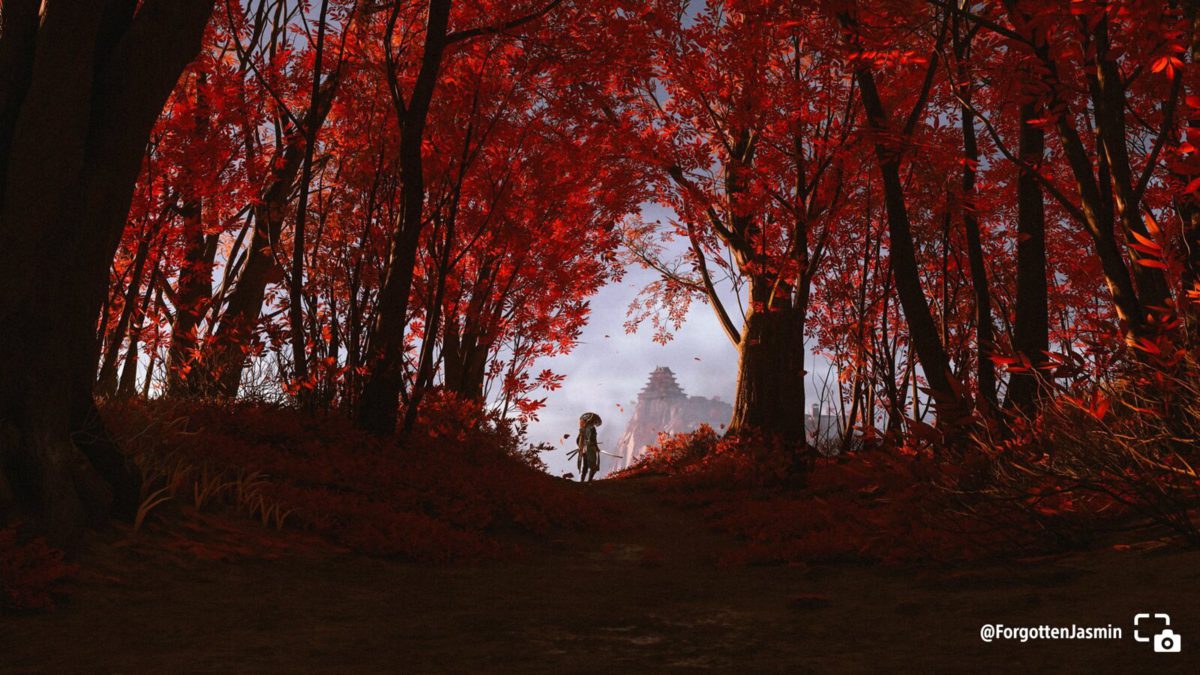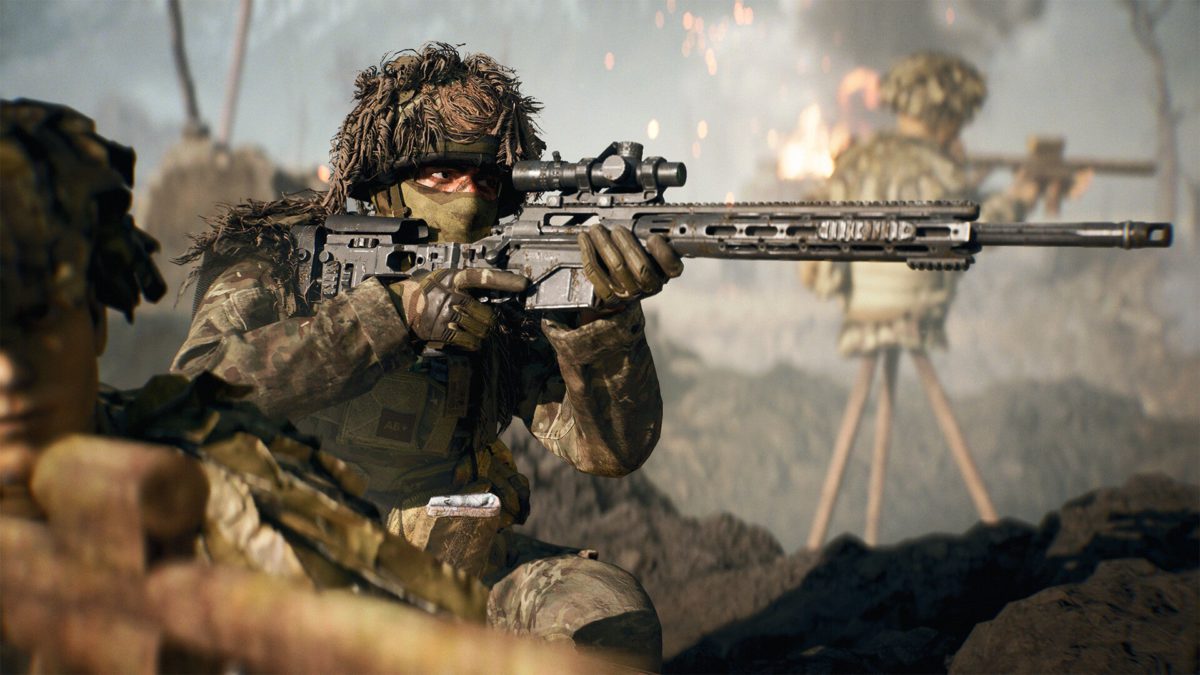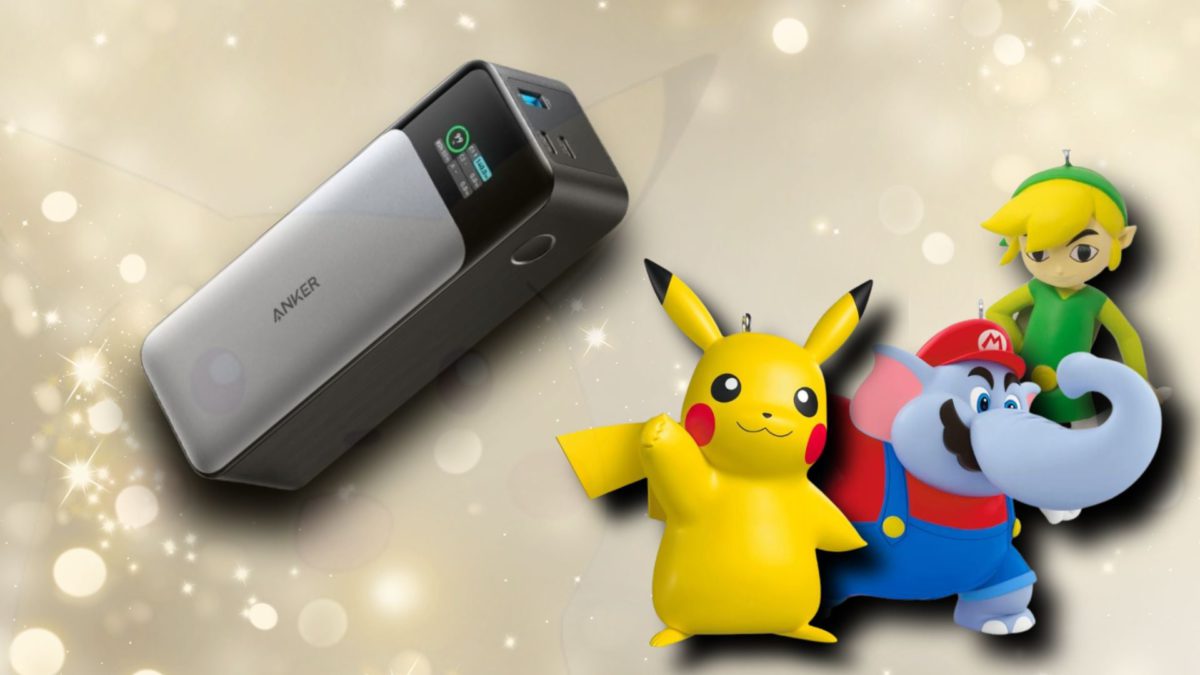
Board games and anime are living in a bit of a golden era right now, where both are more popular and widely accepted by the masses than ever before. I count myself lucky that I am living in a period of time where I also get to see these two awesome things blend and combine together, in equally – almost Voltron-esque – awesome new ways. One of the most exciting recent examples of this collaboration is Monolith Board Game’s upcoming Berserk: The Board Game, which has taken off on Gamefound this month.
With nearly 5,900 backers and pulling in just over €2 million at time of writing, this tabletop adaptation of Kentaro Miura’s Berserk manga/anime has cut through its funding goal like Guts cleaving through a demon with his signature Dragon Slayer. Berserk: The Board Game lets 1-5 players take up the weapons of characters, including Serpico, Farnese, Isidro, Shierke, and of course, Guts to dispatch and destroy demonic foes. All of Guts’ crew come in detailed miniatures just begging to be painted. These plastic avatars of the Grunbeld and its Grunbeld Apostle, Slan, and Makara are sights to behold, and more than 120 miniatures is a treasure trove for fans that enjoy painting.
Fans of the Berserk manga will be treated to a ton of artwork pulled from the original story to enjoy. All of the action cards that compose each character’s deck feature iconic moments from the series, along with the imposing enemy cards and more. The core game box gives you an 11 Act campaign that takes place during the Millennium Falcon arc, but the additional Black Swordsman expansion that is also available during the campaign allows you to build your own adventures with tons of possible combinations and options to pick from – including the characters in your party and the enemies you are going to face.
While board game adaptations, especially these grandiose boxes, aren’t uncommon these days, most of the time it seems as though video games are the source material, and seeing an anime with such legacy and personality as Berserk is exciting. Monolith Board Games has a pedigree for adapting properties for the tabletop that let players team up and bash some heads in, having previously designed games based on Conan the Barbarian and Batman. Berserk, with its mix of dice rolling, card draw, and grid-based movement, looks like it is going to be another gruesome good time.
Backing the project
Berserk: The Board Game looks to have set itself up as a box that will appeal to fans of Berserk who may not have much exposure to the board game scene, thanks to all of the miniatures, as well as fans of co-operative board games thanks to Monolith’s expertise. If you want to make sure that Berserk is for you and your game group before backing it, there is a WIP Rulebook available to look at for a better sense of gameplay. This is undoubtedly a premium product with just the Core pledge running you €200 (about $233) with the total jumping to €335 (about $390) if you want it all, including the 184 miniatures. Gamefound does offer StretchPay that lets you pay off these large costs over multiple months. As someone who has taken advantage of this myself, it helps a ton!
The campaign is going on for only a few more days, but late pledges will open soon after it closes for those to jump on if you miss the initial campaign.
More board game collaborations
Scott White is a freelance contributor to IGN, assisting with tabletop games and guide coverage. Follow him on X/Twitter or Bluesky.

